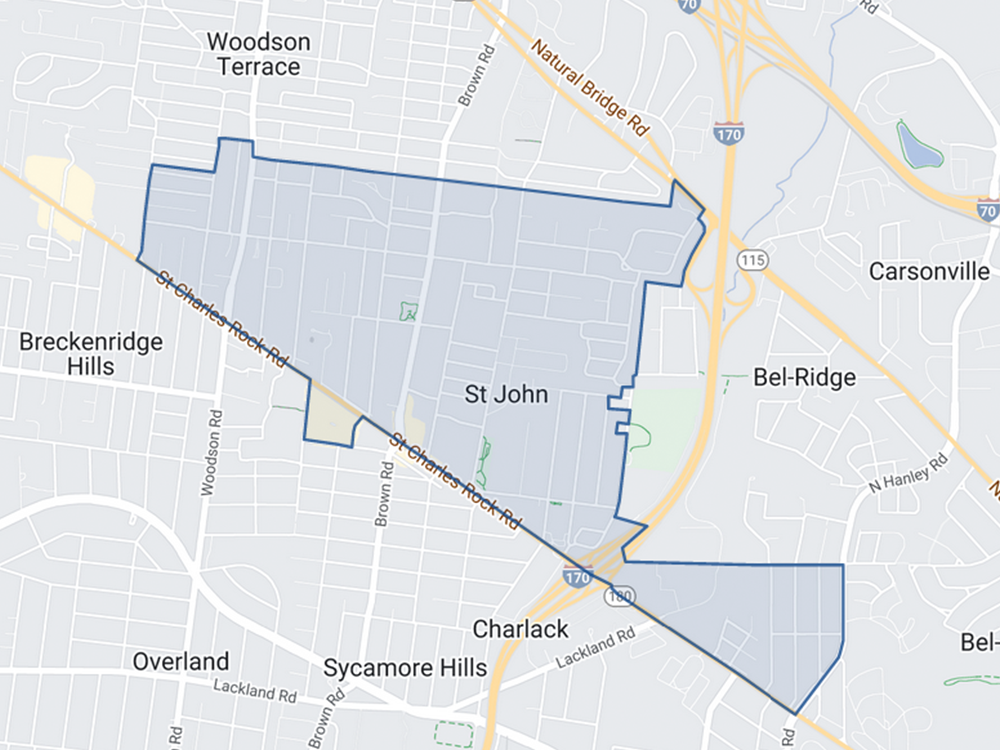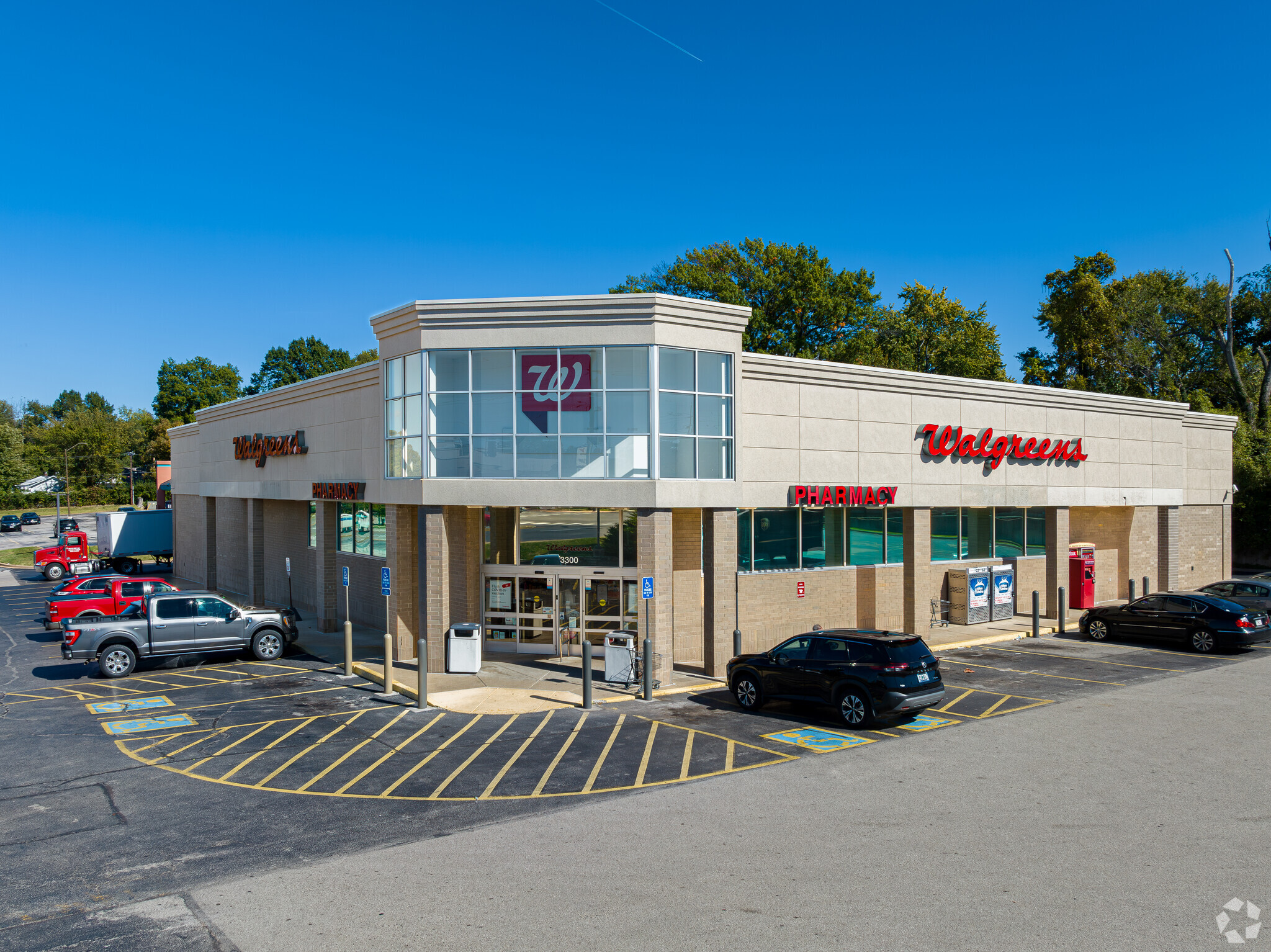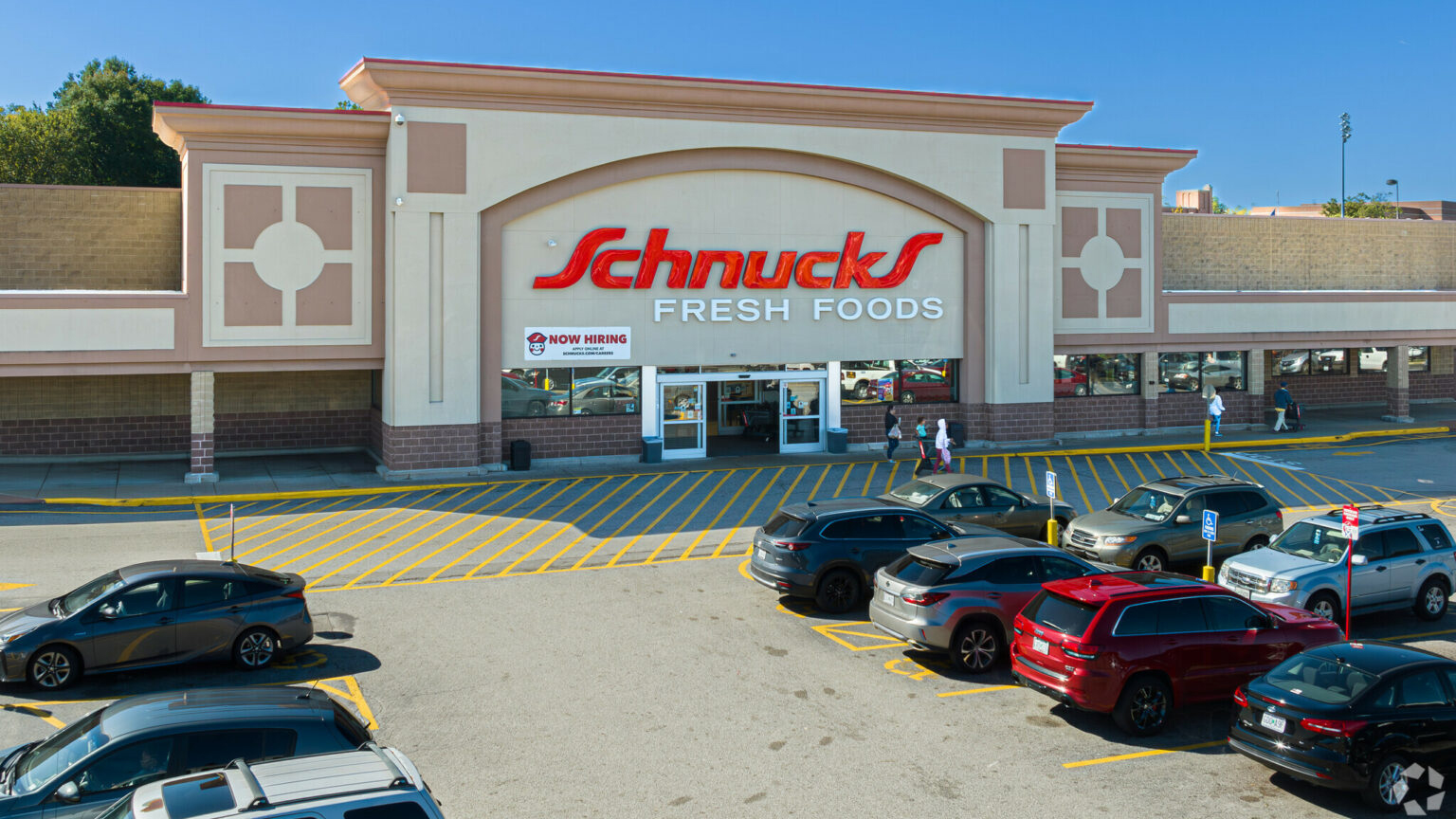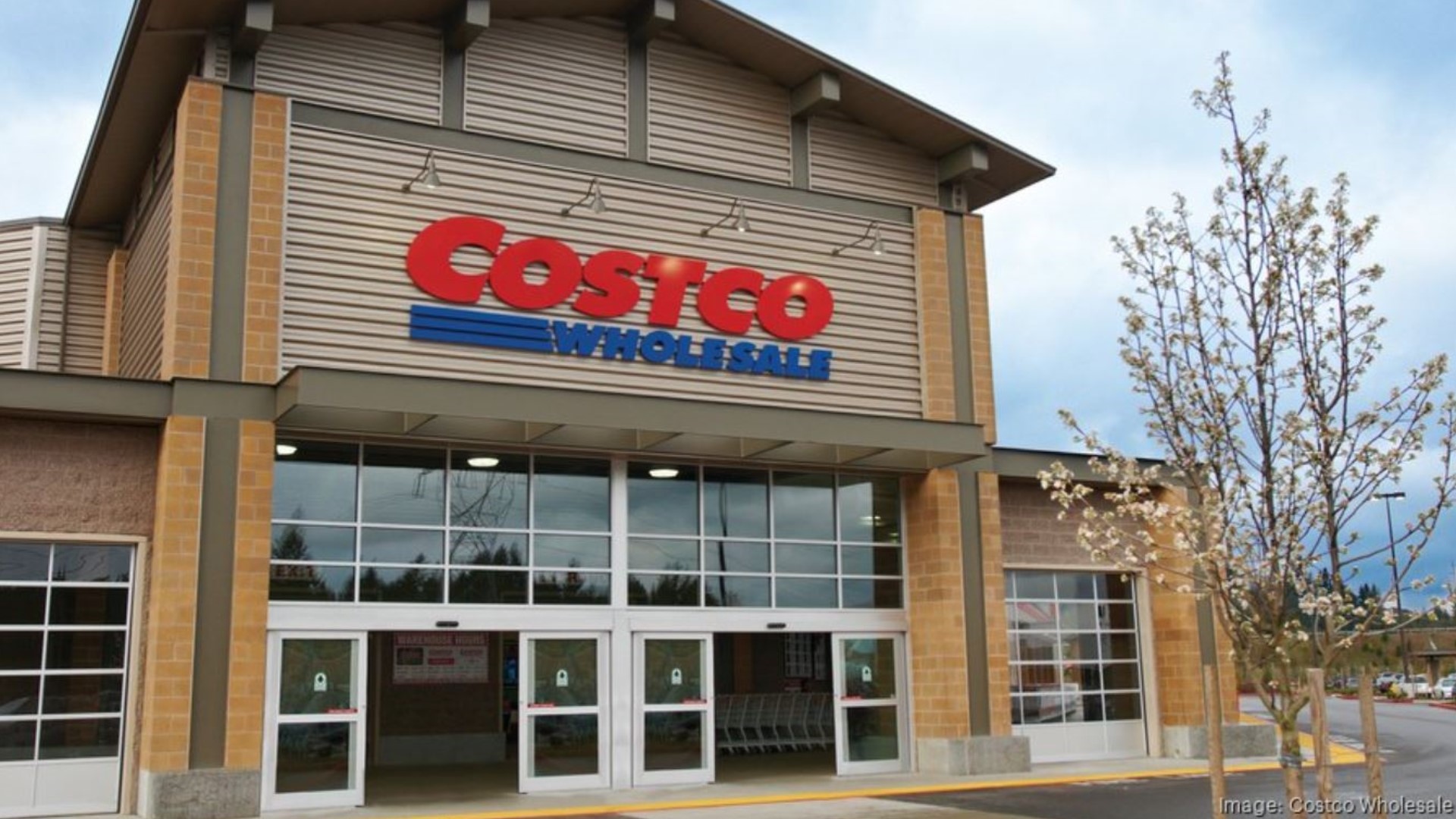St. John Is On The Move!
The City of St. John is strategically positioned within regional and national transportation networks, fostering significant economic growth and development. Since 1921, when St. Charles Rock Road became the first concrete state highway in St. Louis County, St. John has continued to benefit from its prime location. The development of the interstate highway system, including I-64, I-70, and I-170, directly links St. John to major regional employment centers and the broader national market. This exceptional connectivity attracts businesses and residents alike, ensuring ongoing prosperity and dynamic community growth.

Strategic Connectivity
To the south, I-170 provides immediate access to St. Louis County’s Courthouse and Administrative Center, Centene Corporation’s $1 billion headquarters investment, and Washington University (WUSTL). To the north, I-170 connects the City directly to Boeing Defense Space and Security Headquarters (Boeing Co.). I-64 links the City to the Barnes-Jewish-Children’s Hospital complex (BJC), Saint Louis University, and Washington University’s Medical School.
I-70 places St. John close to key regional activities and employment hubs, including NorthPark (a 550-acre business park), Express Scripts’ main campus, the University of Missouri – Saint Louis (UMSL), St. Louis Lambert International Airport, and Earth City (an 1,800-acre office and industrial complex). Downtown St. Louis, a major employment and entertainment center, is just 15 miles from St. John via the interstate highway system.
Public/Private Partnerships and Economic Growth
St. John’s strategic location and proactive use of public/private partnership (P3) programs have spurred private investment in the competitive St. Louis marketplace. High-speed broadband internet access in the City fosters economic activity and growth, providing seamless access to information and services essential for businesses to thrive.
St. John actively collaborates with private developers to ensure the City remains an attractive location for diverse residential, commercial, and industrial investments. These collaborations have led to significant improvements in infrastructure, making the City more appealing to a variety of businesses and industries. By fostering a dynamic and supportive environment, St. John continues to attract and retain businesses, driving sustained economic growth and development in the region.


Tax Increment Financing (TIF) District Success
In 1989, St. John established the St. Charles Rock Road Tax Increment Financing (TIF) District. Spanning most of the City’s commercial and industrial areas along a 1.5-mile eastern portion of St. Charles Rock Road, the TIF District generated over $15 million in incremental tax revenues over 23 years. These funds were used to construct critical public infrastructure, address environmental issues, and provide financial assistance to private developers and businesses within the District. This support was crucial in retaining and growing major employers in the I-170 Business Park, including Enterprise Leasing’s primary call center, Glideaway Mattresses and Bed Carriage, Repco Solutions, Pepperidge Farms, and Irwin Products. Additionally, the City facilitated the development of St. John’s Place assisted living and physical rehabilitation center, the construction of a dual drive-thru McDonald’s restaurant, and the renovation of numerous private building facades along St. Charles Rock Road.
TESTIMONIALS

The renovations we performed thanks to the public/private partnership have reduced our maintenance bills and enhanced our facility’s appearance. The improvements have boosted our efficiency and property’s appeal. Working with the City of St. John and their planners has been positive. Their professionalism and support for local businesses are invaluable. We are proud to be part of a community that fosters growth and development through effective collaborations.
Gary Rottler
Owner, Rottler Pest & Lawn Solutions

The Ritenour School District is tremendously proud of the strong, longstanding support we have had from the City of St. John. The School District is particularly appreciative of the city’s use of the St. Charles Rock Road Tax Increment Financing District, which provided the opportunity for us to renovate and build an addition to our North Athletic Complex in 2013. It is wonderful to work with city officials who value education and work hard to make our community a great place to live, work, and raise a family.
Dr. Chris Kilbride
Superintendent, Ritenour School District







